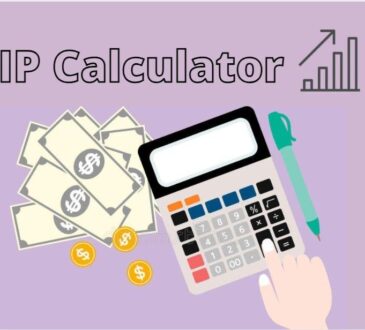
In comparison to conventional savings accounts, high-yield savings accounts stand out because they offer a higher interest rate as a perk. This enables your funds to develop at an accelerated rate while they are stored in your account. Now read what is a high yield savings account first.
The abbreviation APY, which stands for annual percentage yield, is used to denote the interest rate offered by these accounts. The annual percentage yield (APY) of a savings account determines the rate of growth of your funds over time.
Note, however, that the advertised annual percentage yield (APY) for savings accounts at account opening is subject to change at any time. The variable nature of these rates causes them to fluctuate frequently in response to changes in the Federal Reserve’s benchmark interest rate.
Even though interest rates on savings accounts have declined in recent months due to the state of the economy, the highest-yielding accounts can still earn you nearly 12 times as much as standard savings accounts. Because the average annual percentage yield (APY) on savings accounts in the United States is only 0.33%, it is highly likely that your high-yield account will still earn more than a standard savings account, regardless of what it offers. Savings account annual percentage yields (APYs) will rise in tandem with the Fed’s ongoing efforts to raise interest rates.
Not only does your money earn a higher rate of return in a high-yield savings account, but you also have the same access to your funds as you would with a standard savings account. This provides an advantage for high-yield savings accounts over traditional savings accounts. If you have money deposited in a high-yield savings account, the Federal Deposit Insurance Corporation (FDIC) should guarantee it. In the event of an unexpected bank failure, your deposits up to $250,000 would be secure.
A description of the inner workings of a high-yield savings account
When you take advantage of compound interest in a high-yield savings account, your funds may grow more quickly.
Compound interest is an alternative to simple interest in which you receive interest on both your principal balance and the interest that your principal balance earns. When calculating straightforward interest all that is, required is the principal, which is the amount in your savings account minus any accrued interest.
The type of savings account you hold will determine how often your interest is compounded. While some compounds are created daily, others are created monthly. The longer interest is compounded, the greater the total return.
If you have a high-yield savings account, you may withdraw funds or transfer them to another account up to six times per month without incurring a fee or risking account closure. This includes wire transfers, electronic transfers, and paper payments.
In addition to selecting a high-yield savings account with a competitive annual percentage yield (APY), you should investigate the terms and conditions of the account. Internet banks may offer a higher APY because they do not have to worry about the same administrative expenses as traditional banks with physical locations. However, there may be initial deposits, minimum balance requirements, and monthly fees associated with the account, so be sure to read the fine print.
Bottom line
Consider the advantages of having a high-yield savings account before depositing all of your savings in a single location. It should come as no surprise that if you want your money to grow over time, you should place it in an account with a higher rate of return.










